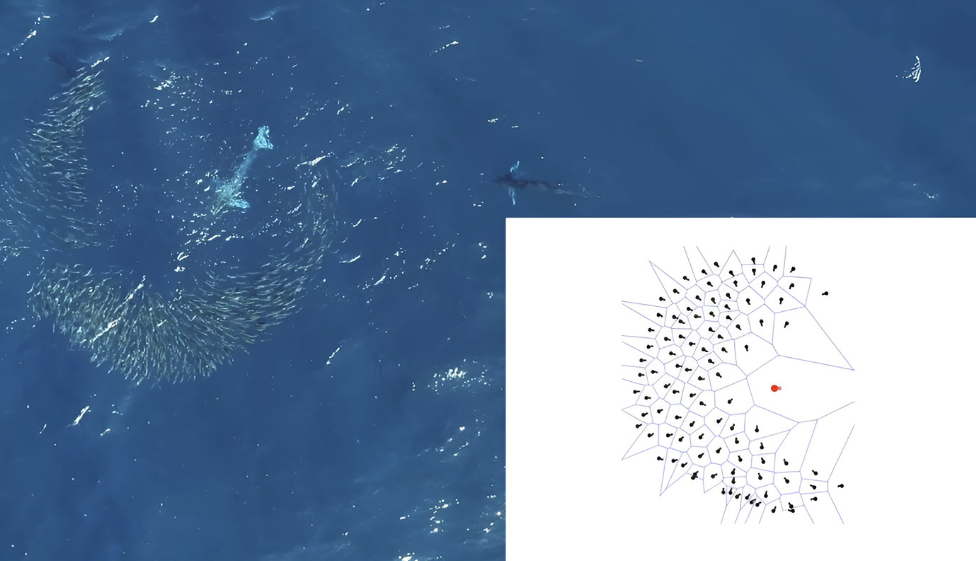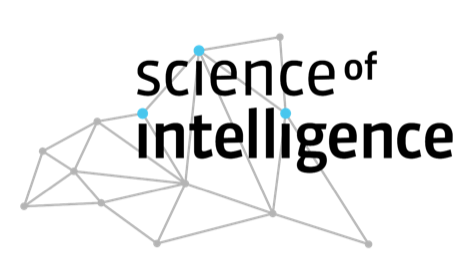Structural changes have also been implemented in synthetic systems that are considered intelligent. Evolutionary algorithms, for example, allow for adaptation of structure in synthetic systems.
Another aspect related to this principle is the cognitive neuroscience concept of “neural recycling” (Dehaene and Cohen, 2007), which occurs when an intelligent system “reuses” some of the specific functions that have evolved for other reasons in order to perform a new task that wasn’t specifically part of the structure’s evolutionary plans. An example of this is the act of reading. Reading is a result of cultural evolution and has developed thanks to the previous evolutionary development of structures that are involved in specific information processing (such as parts of the visual-cortex involved in object recognition). Here the cogntive structure changes as a function of cultural evolution. Circumstantial support comes from system building in robotics, where the adaptation of structure, unsurprisingly, leads to systems with different capabilities and suited to different tasks (ecological niches) (Eppner et al., 2018).
To bring a synthetic example: Robots on factory floors have tool changers that contain many different end-effectors. Let’s say one thing to grasp stuff, one thing to screw in screws, one thing to polish. If the robot changes the tool by depositing the current one on a shelf and picking up a new one, then the robot is adapting its structure. The same thing happens when humans use tools. Or when evolution evolves hands out of feet.






